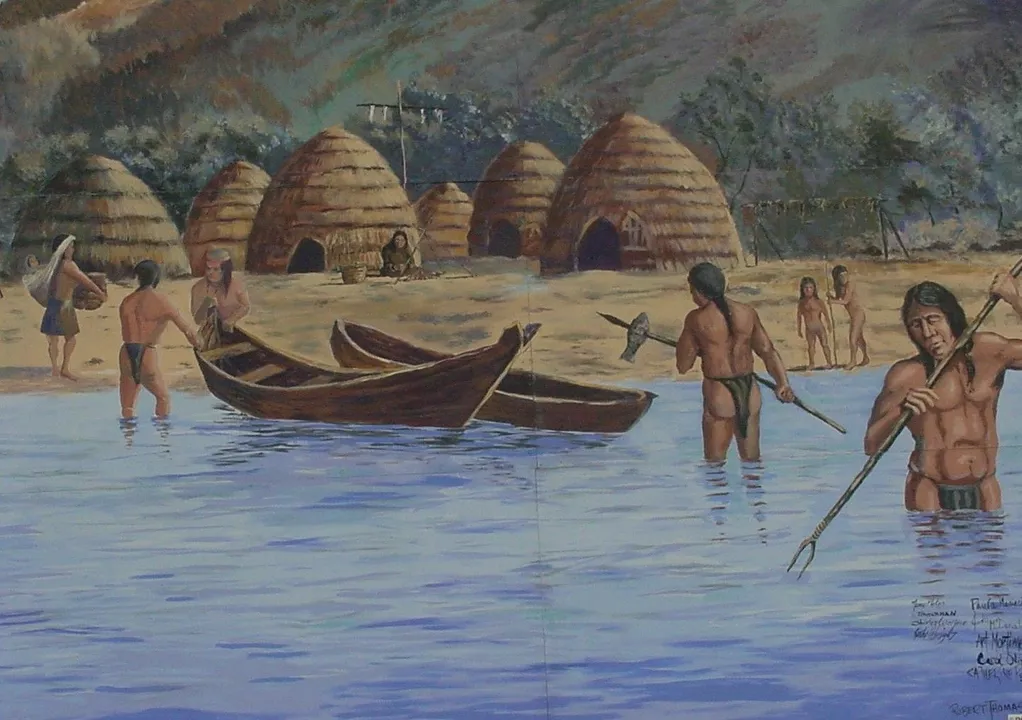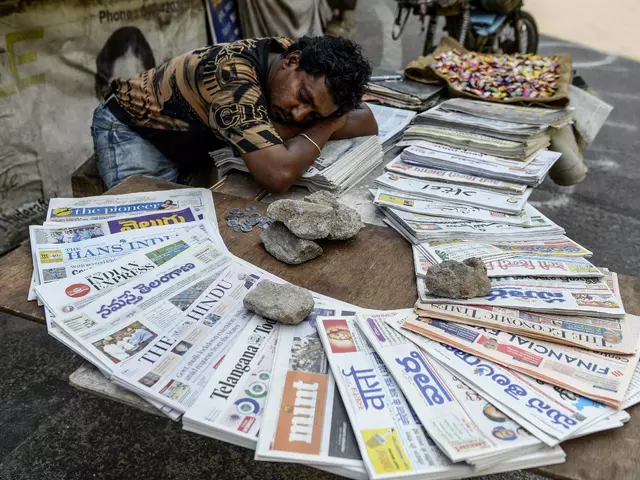What are some important facts about the Chumash Indians?
A Brief Overview of the Chumash Indians
The Chumash Indians were an indigenous people who lived in what is now California, specifically in the area stretching from Malibu to Paso Robles. They were known for their advanced skills in fishing, hunting, and trading. As a blogger who is passionate about history, I have always been fascinated by the Chumash Indians and their unique culture. In this article, I will discuss some important facts about this amazing group of people.
Chumash Language and Communication
The Chumash Indians spoke several different languages, which were part of the larger Hokan language family. The Chumash languages included Obispeño, Purisimeño, Ineseño, Barbareño, and Ventureño, each named after the Spanish missions near where they were spoken. The Chumash people also used a system of pictographs, or painted symbols, to communicate and record their history. These pictographs can still be found today in various caves and rock formations throughout the Chumash territory.
Chumash Lifestyle and Culture
The Chumash Indians lived in small villages along the coast and inland, where they built dome-shaped homes made of thatched grass called 'ap's. These homes were designed to keep the inhabitants cool during the hot summer months and warm during the cold winter months. The Chumash people were skilled gatherers, hunters, and fishermen, and their diet included acorns, seeds, berries, shellfish, and various game animals. They were also known for their beautiful and intricate basketry, which was used for both practical purposes and as a form of artistic expression.
Chumash Religion and Spirituality
Religion and spirituality played a vital role in the lives of the Chumash Indians. They believed in a complex system of deities and spirits, with a supreme being known as Hutash. The Chumash held numerous ceremonies throughout the year to honor these deities and ensure the continued prosperity and health of the tribe. Shamans, or spiritual leaders, played a crucial role in Chumash society, as they were responsible for healing the sick and communicating with the spirit world.
Chumash Trade and Economy
The Chumash Indians were known for their extensive trade networks, which included trade with other Native American tribes, as well as with European settlers. They were particularly skilled in the crafting of shell bead money, which they used for trade and as a form of currency. The Chumash people also traded goods such as baskets, furs, and marine resources, such as abalone shells and fish. Their extensive trade networks allowed them to acquire valuable resources from other regions, such as obsidian for making tools and weapons.
Chumash Transportation and Navigation
One of the most impressive aspects of the Chumash Indians was their skill in building and navigating plank canoes called 'tomols'. These canoes were made from redwood planks that were sewn together and sealed with a tar-like substance called 'yop'. The Chumash people used these canoes for fishing, transportation, and trade, and they were known to travel as far as the Channel Islands, which lie about 20 miles off the coast of California. Their exceptional navigational skills were admired and respected by early European explorers who encountered the Chumash people.
European Contact and its Impact on the Chumash Indians
European contact with the Chumash Indians began in the 16th century with the arrival of Spanish explorers and missionaries. The Spanish established missions throughout the Chumash territory, which led to significant changes in the Chumash way of life. The Chumash people were forced to convert to Christianity and were often subjected to forced labor and other forms of mistreatment. Additionally, the introduction of European diseases, such as smallpox and measles, decimated the Chumash population. By the 19th century, the Chumash people had been largely assimilated into Spanish and later American society.
Preserving Chumash Heritage and Culture Today
Despite the challenges faced by the Chumash Indians throughout history, their culture and heritage continue to be celebrated and preserved today. There are several Chumash museums dedicated to preserving their history and artifacts, such as the Santa Barbara Museum of Natural History and the Chumash Indian Museum in Thousand Oaks. Additionally, various events, such as the annual Chumash Day in Malibu, celebrate and honor Chumash culture and traditions. Many Chumash descendants are also actively involved in preserving their language, basketry, and other traditional arts.




Write a comment